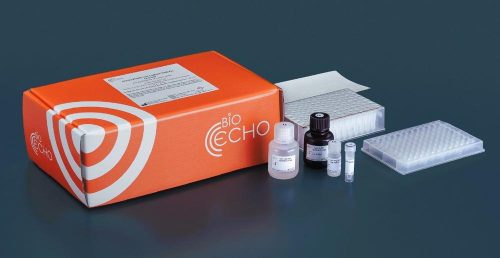Biognosys announces Nature Communications publication in collaboration with ETH Zurich, Bayer, and BASF
In this publication, we present a novel chemoproteomic workflow combining LiP and machine learning-based data analysis. This next-generation proteomics approach enables the identification of small molecule drug targets in complex proteomes and the analysis of their binding properties across species and drug target classes.
Oliver Rinner, Chief Executive Officer of Biognosys, comments: “Understanding a compound’s mechanism of action remains a major challenge in drug development. This publication is a testimony to our commitment to support our pharma and biotech partners with unique applications for more efficient drug discovery.”
Lukas Reiter, Chief Technology Officer, states: “Biognosys’ quantitative proteomics technology based on data independent acquisition (DIA) is a perfect fit for the LiP technology. This combined workflow enabled us to develop a target deconvolution approach for human cell lines.”
Prof. Dr. Paola Picotti, Associate Professor in Molecular Systems Biology and head of the Picotti group at ETH Zurich, and Scientific Advisor for Biognosys, says: “With the LiP approach, we can now also identify compound-binding in very complex mammalian cell systems with high confidence. In addition, we get information on binding affinity, which helps us to prioritize targets for follow-up studies.”
Thomas Knobloch, Laboratory Manager at Bayer CropScience, adds: “The LiP technology is a very valuable tool to identify target and off-target of novel compounds whatever the organism and to support the process of target deconvolution in early phase research.”
Earlier this year, Biognosys published research findings demonstrating the utility of LiP-based proteomics for drug discovery at the US Human Proteome (HUPO) Conference and the American Association for Cancer Research (AACR) Annual Meeting.
About Limited Proteolysis (LiP)
The Limited Proteolysis technology coupled to next-generation quantitative mass spectrometry is a novel approach that enables the unbiased and proteome-wide profiling of protein changes resulting from a variety of stimuli such as heat shock, protein-protein interactions, compound binding, and posttranslational modifications.
Invented by the group of Prof. Paola Picotti at ETH Zurich, this patented technology is exclusively licensed to and co-developed by Biognosys to support pharma and biotech partners with contract research services for drug discovery and development. Biognosys already offers a LiP-technology based target deconvolution application and is developing additional, machine-learning-based applications for target validation.
For more information, click here.
Reference
Piazza I et al. A machine learning-based chemoproteomic approach to identify drug targets and binding sites in complex proteomes. Nature Communications (2020)11:4200.
DOI: 10.1038/s41467-020-18071-x
Biognosys is a leader in next-generation proteomics, dedicated to transforming life science research by developing the most advanced proteomics tools and making them available for pharmaceutical and biotech research and development. The company offers a suite of products and services to decode the proteome and equip researchers from all fields with an in-depth view of protein expression and regulation in cells, tissues, or body fluids. Biognosys‘ technology is based on high-resolution mass spectrometry, combined with a novel parallel signal processing approach, for unprecedented quantification of large proteomes in a single experiment. More information at www.biognosys.com
Biognosys AG
Wagistrasse 21
CH8952 Schlieren
Telefon: +41 (44) 73820-40
http://www.biognosys.com/
Chief Executive Officer
Telefon: +41 (0) 44 738 20 40
E-Mail: oliver.rinner@biognosys.com
![]()




